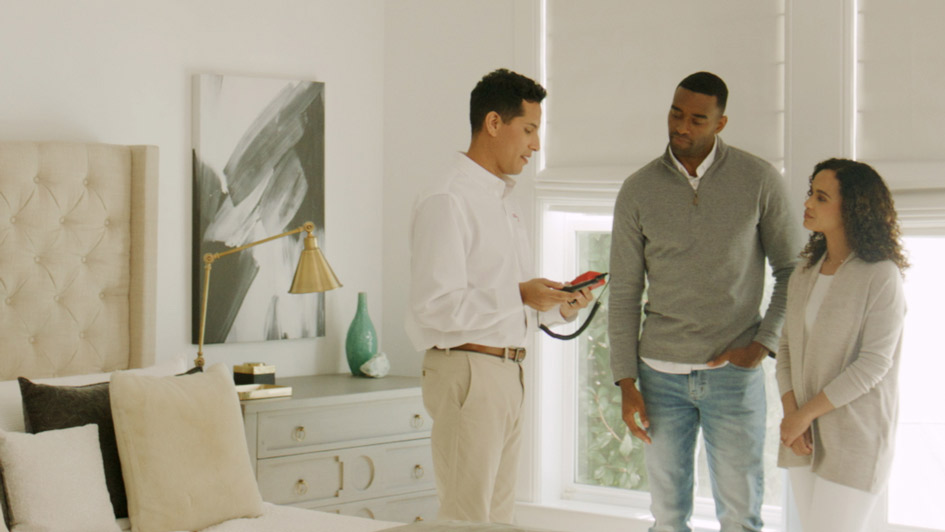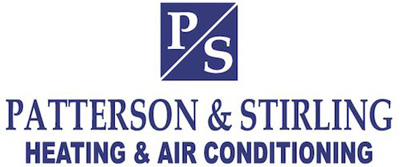
Even though temperatures are ideal indoors, some homeowners still think their sense of comfort isn’t whole. A common culprit is poor indoor air quality, with allergens and airborne debris leading to various issues. From exacerbating asthma to encouraging mold, improving air quality should be an integral part of your overall HVAC plan.
Fortunately, homeowners have a solution readily available. Whole-house air purifiers can clear these airborne particles, providing better health and well-being. And as the name implies, they’re powerful enough to do so for the whole house! A new, high-efficiency air purifier from Patterson & Stirling may be the last thing you need to iron out those frustrating comfort problems.
What about the portable air purifiers you can use instead? While the principle is similar Is the Smarter Choice
Cost can be a thorny obstacle, and many homeowners view the much smaller cost of a portable air purifier as an important factor in the decision. But if your comfort goal is optimal air quality all year long, the strength of whole-house air purification becomes undeniable:
- With just one device, your entire home is protected: You won’t have to drag a portable purifier around from room to room since whole-house models are powerful enough to remove pollutants across your entire home.
- Significantly more efficient in the long run: Rather than having to invest in several purifiers for each area, a single, whole-house air purification system maintains air quality for a very long time. This kind of resilience also prevents dust and debris from getting into the rest of your HVAC system, which in turn can improve the efficiency of your heating and cooling.
- Less maintenance is needed because of advanced filter technology: Clogged air filters are one of the most common reasons you notice problems with your HVAC system’s performance. An air purification system helps keep these filters from getting clogged in the first place with their own filter designs. For example, air purifiers with a HEPA filter give you access to top-notch filtration for residential properties.
For a Typical Household, Look for MERV Ratings Around 8
The Minimum Efficiency Rating Value (MERV) system was developed to help homeowners make informed decisions about the degree of air filtration they’re working with. While a higher MERV rating means more filtration, that isn’t necessarily something your average home needs.
The scale is rated all the way to 20, but this is unnecessary outside of specialized facilities like the surgery theater in a hospital. For standard residential use, a MERV rating of 8 is usually enough. The air quality experts at Patterson & Stirling can help you decide precisely which option will satisfy your needs.



